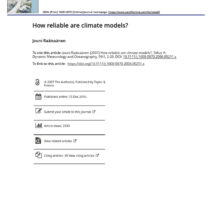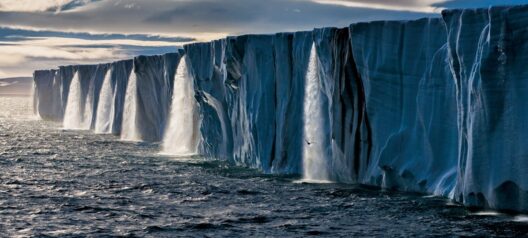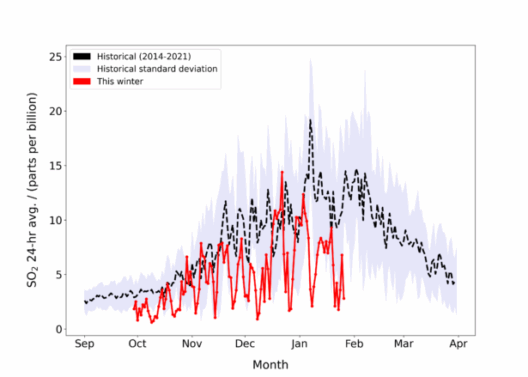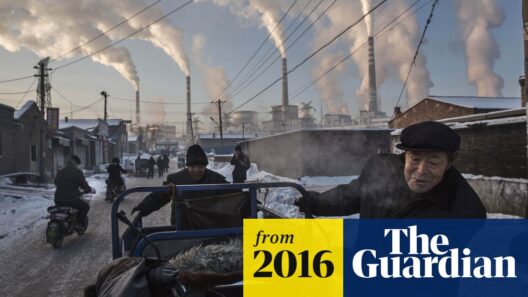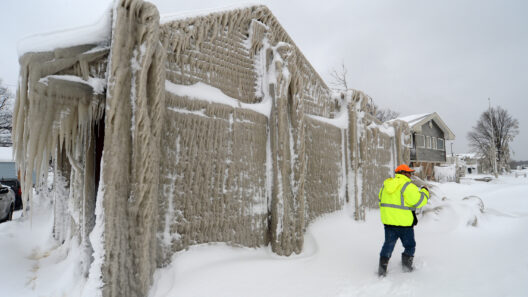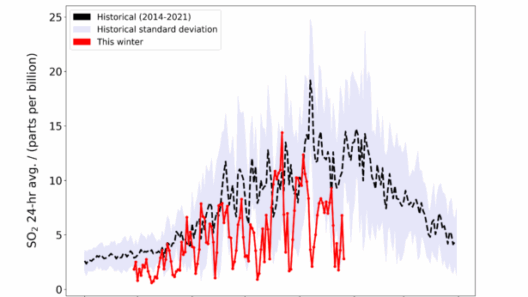The Pacific Islands, a constellation of coral atolls and volcanic landforms, stand as both pristine paradises and precarious environments threatened by the inexorable march of global warming. As stewards of some of the most diverse ecosystems on the planet, these islands harbor an extraordinary array of flora and fauna, many of which are endemic and uniquely adapted to their surroundings. Yet, the grim specter of climate change looms large, with rising sea levels, increasing temperatures, and the acidification of ocean waters conspiring to disrupt the delicate balance of these island ecosystems.
To comprehend the complexities surrounding the plight of Pacific Islands, one must first understand the essence of their ecosystems. Characterized by sandy beaches, coral reefs, and lush vegetation, these islands provide a vital habitat for countless species. The interdependence of marine life and terrestrial organisms is emblematic of the intricate web of life that thrives here. Birds, fish, and insects often rely on the unique conditions provided by these islands, showcasing the remarkable adaptation to their isolated environments. However, as changes in climate manifest, the repercussions for biodiversity are profound.
Perhaps the most pressing concern is the phenomenon of rising sea levels. As global temperatures rise, polar ice caps and glaciers melt, contributing to a gradual yet relentless inundation of coastal regions. For many Pacific Island nations, such as Tuvalu and Kiribati, this translates into a loss of habitable land, threatening communities that have existed for centuries. Villages along the coasts face a perilous future as arable land becomes submerged, freshwater sources become saline, and ecosystems face irrevocable alterations. Short-sighted debates about territorial boundaries and national sovereignty are intensified, but ultimately, this crisis transcends politics — it is a matter of survival.
Moreover, the coral reefs—often touted as the “rainforests of the sea”—are also under siege. Warmer ocean temperatures lead to coral bleaching, a phenomenon where coral expels the symbiotic algae residing in its tissues, resulting in a stark white appearance. This distressing event diminishes the health of these marine ecosystems, leading to degraded habitats for myriad marine species, thus creating localized extinctions. The demise of coral reefs not only impacts the marine organisms that rely on them for shelter and nourishment but also affects human communities dependent on fishing for sustenance and economic stability. The symbiotic relationship between the islands and the surrounding marine life hangs in precarious balance.
In addition to physical alterations to land and sea, the Pacific Islands also grapple with the deteriorating impacts of ocean acidification. As the ocean absorbs an elevated amount of carbon dioxide, the chemistry of seawater changes, wreaking havoc on marine life, especially organisms with calcium carbonate shells or skeletons, such as mollusks and certain plankton species. The irony lies in the fact that those most culpable of carbon emissions typically reside far from the shores that bear the brunt of their actions. Fisheries, vital to both local diets and the economies of Pacific Island nations, face debilitating challenges as the very foundation of marine food webs teeters on the brink of collapse.
Resilience in the face of adversity is an innate quality among the communities inhabiting these fragile ecosystems. Indigenous groups possess a wealth of traditional ecological knowledge, accumulated over generations, that can offer innovative, sustainable solutions for adaptation and mitigation. By leaning into their cultural heritage, these communities provide invaluable insights into effective resource management, sustainable agricultural practices, and climate resilience measures. Utilization of native plant species for reforestation and regeneration of ecosystems can foster biodiversity and combat the effects of climate change.
Concurrently, the global community must embrace its role in the creation of a sustainable future for the Pacific Islands. Legislative measures aimed at cutting greenhouse gas emissions must be prioritized on the international agenda. The implementation of climate justice initiatives will ensure that the voices of the Pacific Island nations are amplified during negotiations, emphasizing the urgent need for global solidarity in the fight against climate change. The preservation of these ecosystems extends beyond ecological boundaries and into the realm of human rights, as these coastal populations face existential threats on a scale rarely addressed in mainstream discourse.
Engagement and education are paramount as well. Raising awareness about the unique attributes of Pacific Island ecosystems can cultivate a sense of stewardship among a broader audience. Educational programs that highlight the interconnectedness of global biodiversity will foster empathy and galvanize action. A call to arms can resonate when stakeholders—from local tribes to global citizens—are connected by a shared vision for the conservation of these invaluable ecosystems.
The Pacific’s plea is a clarion call underscoring the necessity for immediate, concerted action. It beckons humanity to acknowledge the ramifications of indifference toward climate change since the fate of the Pacific Islands reverberates across the globe. Each island serves not just as a refuge for biodiversity, but as a sentinel for broader environmental health. We must recognize that in the crisis faced by these island nations, there lies an opportunity to forge a new path forward—one built on respect for our planet, a commitment to sustainability, and an unwavering dedication to a future where all ecosystems can thrive.
In conclusion, the plight of the Pacific Islands should galvanize collective efforts to address climate change and protect the ecosystems that are vital to our planet’s health. By investing in innovative solutions, supporting indigenous knowledge, and fostering global dialogues, we can endeavor to not only save these island ecosystems but also safeguard the irreplaceable biodiversity and cultural heritage they embody.

